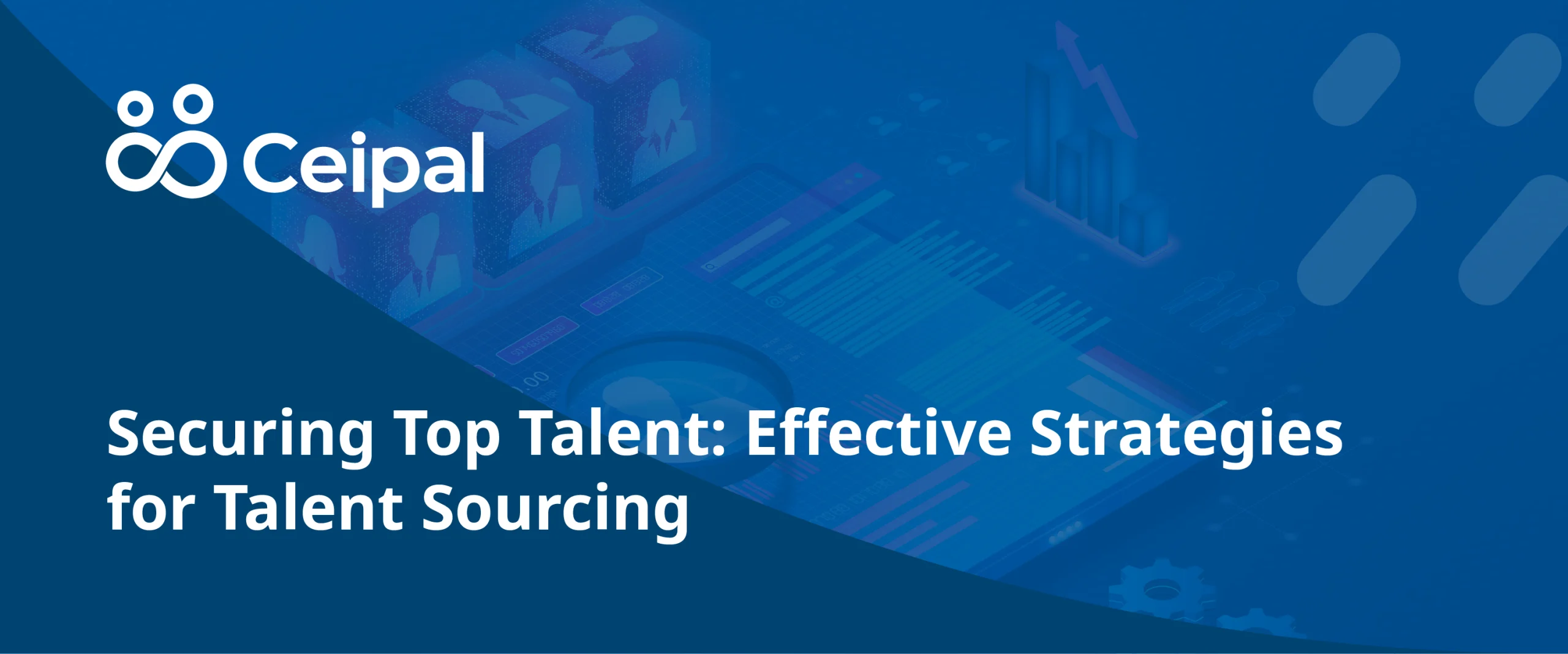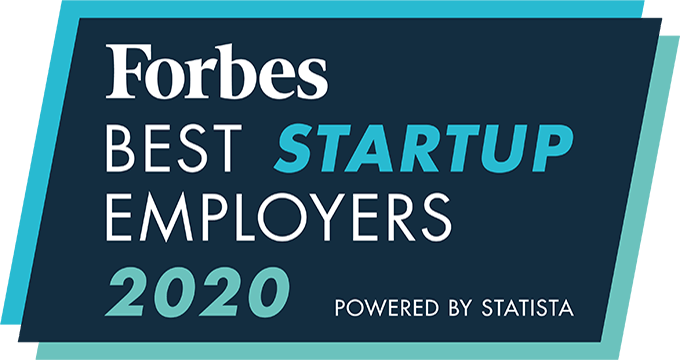Attracting top talent is a crucial aspect of any organization’s success. To ensure future growth and productivity, talent sourcing plays a pivotal role in building a pipeline of potential candidates. A strong talent pipeline not only reduces employee turnover but also ensures that your company’s culture thrives, and resources are efficiently utilized in training employees who are here to stay. In this article, we will delve into the world of talent sourcing, exploring effective strategies to unlock top talent and propel your organization to new heights.
Navigating the Talent Sourcing Process
Before we dive into the strategies, let’s first understand what talent sourcing entails. Talent sourcing is an active process of seeking out and engaging with qualified candidates. It involves building an employer brand, showcasing your company as an exciting place to work, and reaching out to both active and passive candidates. This proactive approach enables you to tap into a larger talent pool and ensures that you have a constant influx of potential candidates.
To effectively manage your talent sourcing efforts, it’s essential to differentiate between a talent pool and a talent pipeline. A talent pool includes contact information gathered from various avenues, such as previous resume submissions, job fairs, or other sources.
On the other hand, a talent pipeline consists of candidates who have been thoroughly vetted and possess the qualities required for immediate consideration for specific roles. By carefully managing your talent pipeline, you can target ideal candidates more efficiently and establish productive relationships with potential hires.
Steps to Your Most Effective Sourcing
1. Stay Aligned With Hiring Managers
One of the best ways to enhance talent sourcing is by maintaining open communication with hiring managers throughout the recruitment process. By aligning with hiring managers from the outset, you gain valuable insights into what makes a strong candidate for the role. Hold kickoff meetings to discuss role qualifications, sourcing channels, and specific keywords to optimize your search.
Regularly update hiring managers on the candidate quality and quantity, fine-tuning your search based on their feedback. This collaborative approach ensures that your talent-sourcing efforts are closely aligned with the organization’s needs and goals.
2. Leverage Your ATS and Engage Candidates
Your applicant tracking system (ATS) is a valuable asset for sourcing quality candidates. Revisit past candidate profiles that your team has already identified as qualified for potential future roles. Engaging with candidates during the hiring process is a powerful way to build your employment brand and maintain connections with potential hires for future opportunities.
To keep candidates engaged, provide constructive feedback, offer insights into role fit, and ensure open lines of communication. Engaging with candidates in a positive and respectful manner builds a pool of talent that will consider your company for future roles, even if they were not hired for a specific position initially.
3. Diversify Your Online and Offline Sourcing Channels
While online sourcing channels like LinkedIn and professional networks are popular choices, consider diversifying your sourcing channels to reach a wider range of candidates. Explore less conventional websites and platforms that may yield unique information and enhance personalized outreach.
Offline recruitment methods, such as attending conferences and industry-specific events, also play a vital role in sourcing top talent. Face-to-face interactions provide an opportunity to make a lasting impression on potential candidates and build personal connections.
4. Harness the Power of Employee Networks
Your employees’ networks can significantly expand your talent pool. Encourage employees to refer candidates from their networks who could be a good fit for open roles. Tools like Facebook and sourcing platforms like Sourcing.io allow you to leverage your employees’ connections to uncover untapped talent.
When reaching out to candidates from employee networks, requesting a warm introduction from your employee increases the likelihood of a positive response and fosters a sense of familiarity with your organization.
5. Proactively Source for Future Roles
Take a proactive approach to sourcing by anticipating future hiring needs. By building candidate personas and understanding your organization’s growth plans, you can source candidates for roles that you may need to fill in the future. This strategic planning ensures that you have a pool of qualified candidates ready for review when the need arises.
6. Master Outreach Messaging
Engaging candidates effectively relies on crafting compelling outreach messages. Personalize your messages, lead with attention-grabbing subject lines, and focus on the candidate’s needs and goals. Providing superior customer service to prospective candidates ensures that your talent remains the priority.
A Successful Sourcing Journey
Landing top talent through effective talent sourcing strategies is essential for any organization’s continued success. Unlocking top talent through effective talent sourcing is a continuous journey that demands dedication and strategic planning. By implementing the strategies mentioned above, your organization can build a strong talent pipeline and secure a competitive advantage in the ever-evolving job market. Happy sourcing!
FAQs
1. How does talent sourcing differ from talent recruitment?
Talent sourcing is the proactive process of seeking out qualified candidates, whereas talent recruitment involves the entire process of attracting, selecting, and hiring candidates for specific roles.
2. Can sourcing candidates from employee networks benefit my organization?
Yes, recruiting through employees’ networks can expand your talent pool and improve response rates from candidates who have a connection with your team.
3. What role does the ATS play in talent sourcing?
The ATS enables you to store data and re-engage with qualified candidates, helping you build a talent pipeline for present and future roles.
4. Why is engaging with candidates during the hiring process important?
Engaging with candidates during the hiring process builds your employment brand, keeps the lines of communication open, and fosters a positive candidate experience.









